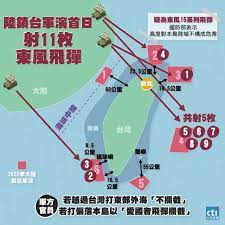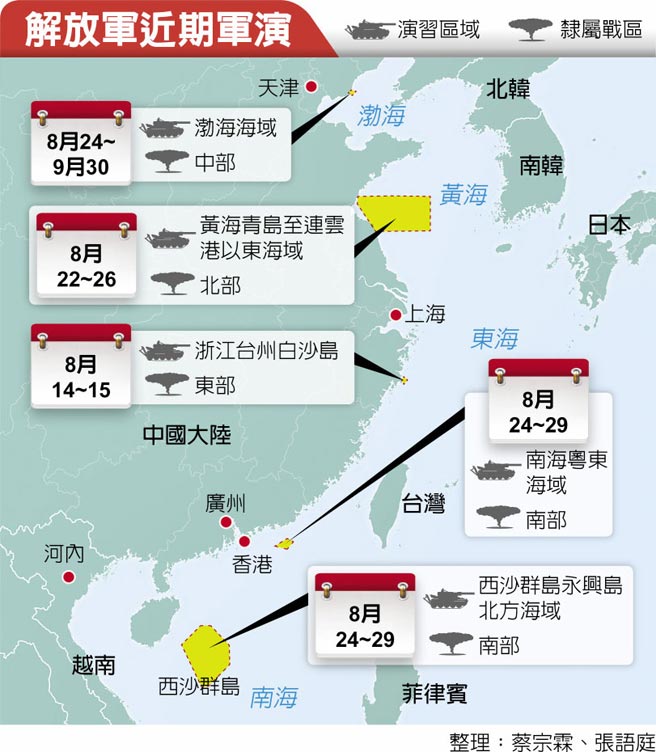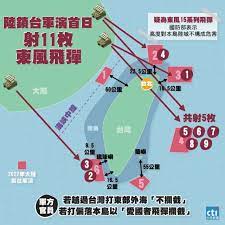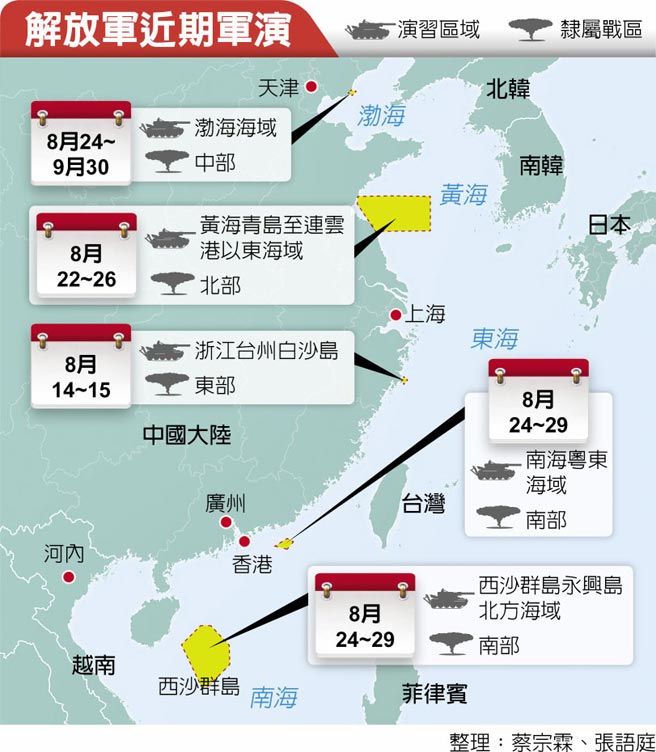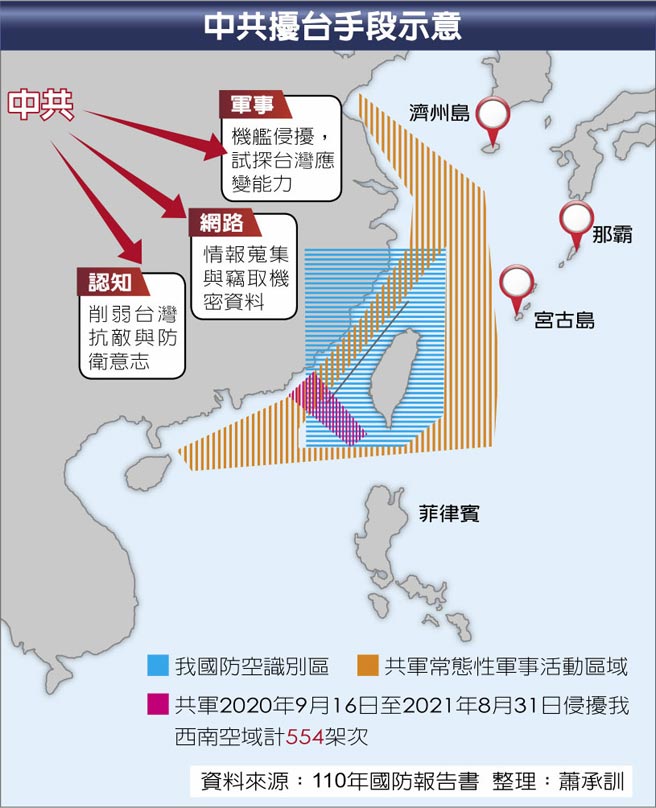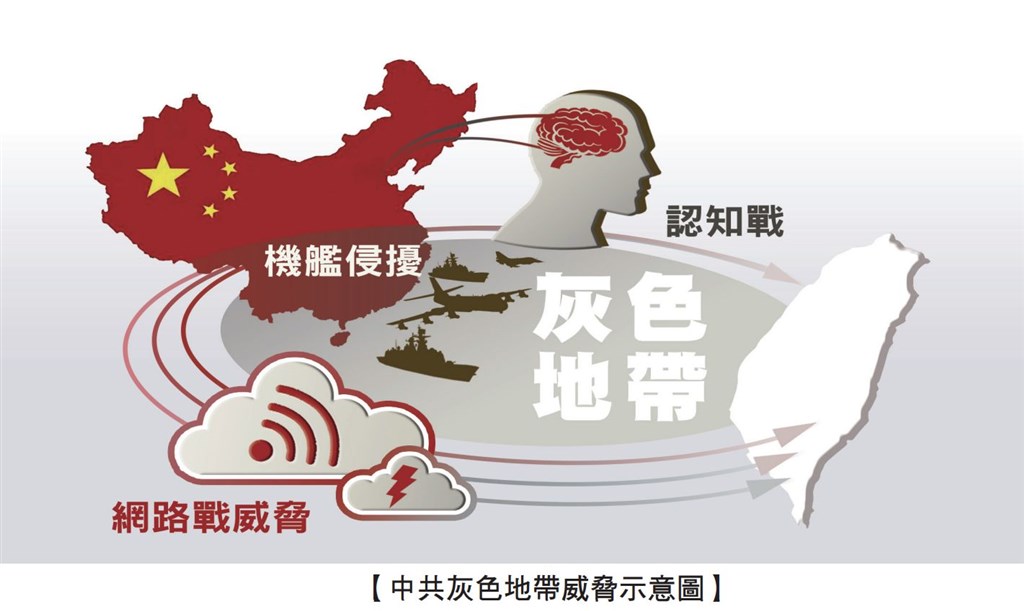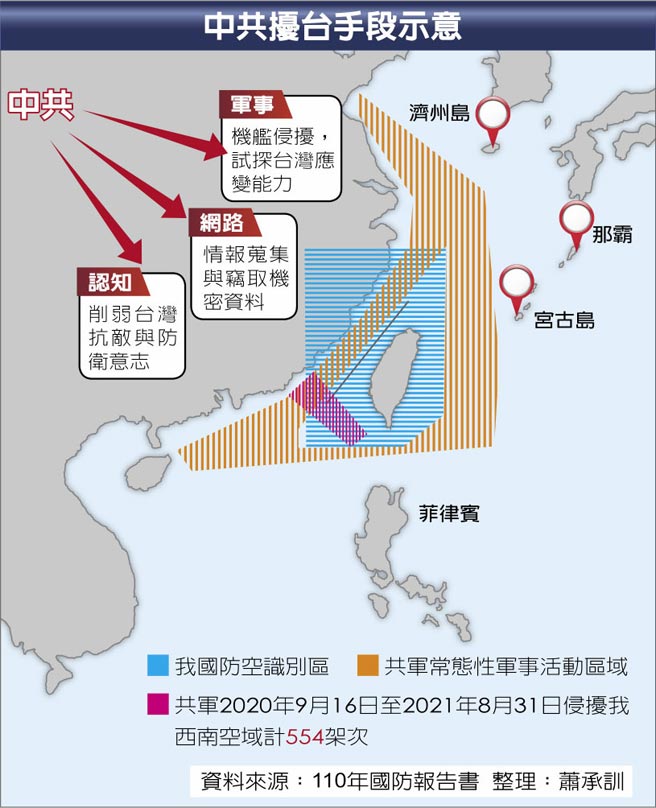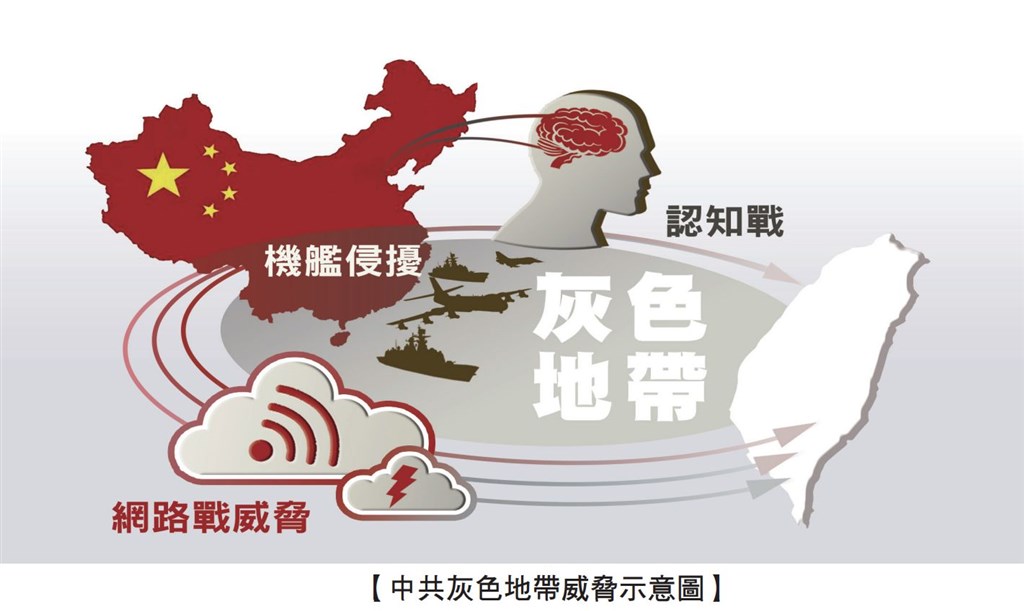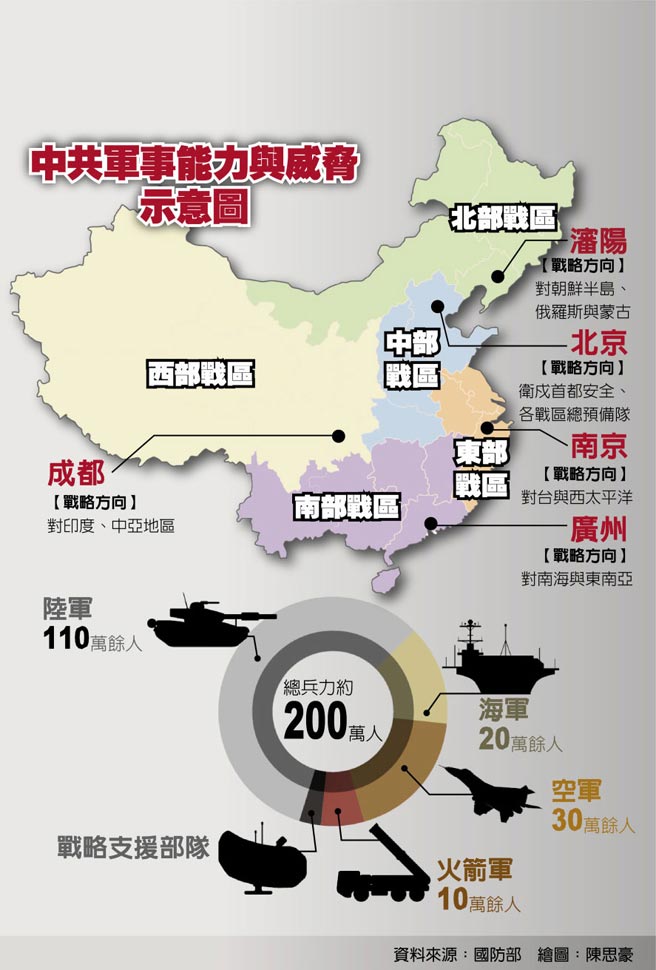中國軍隊對如何打贏智慧戰爭的思考——認知對抗中的主導地位
外文音譯:
The evolution of war patterns always goes hand in hand with the industrial revolution. In recent years, the wave of intelligence has surged and has been widely and deeply applied in the military field, ushering in intelligent warfare for human society. Intelligent warfare is rooted in the intelligent society, with “human-machine intelligence fusion” as its main feature. The empowerment of intelligence makes the role of cognition in combat more prominent, and cognitive-led victory will become an important mechanism for winning wars.
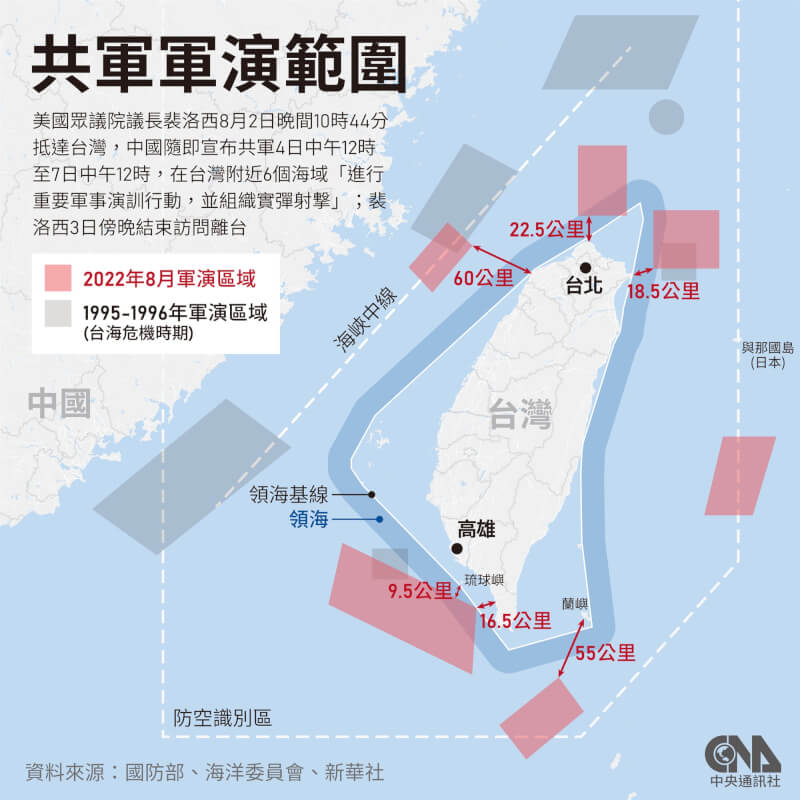
The history of the development of war naturally pushes cognition to the dominant position
War in the information age occurs simultaneously between the physical domain, the information domain, and the cognitive domain. It should be pointed out that the physical domain, information domain and cognitive domain are not the exclusive domain of war in the information age. All wars and even all history are derived from the joint action of the three. They have come and gone in the long history of war, and have alternately become the dominant force in winning battles. elements.
(1) Energy dominates playing speed and strength. When the form of war changes, the mobility, lethality and protective power in the physical domain increase, often becoming the key to victory in combat. This is true for iron weapons and war horses in cold weapon warfare, muskets and artillery in hot weapon warfare, and ships, tanks, and aircraft in mechanized warfare. To sum up, it is energy dominance. Energy dominates the game with speed and strength. Whoever has a better, faster, and stronger main battle platform is often more likely to win. However, the effectiveness of weapons cannot be infinitely developed. Nowadays, platform mobility has been limited by human physiological limits and has encountered a bottleneck. Nuclear weapons also tell us that regardless of whether there is an upper limit to the development of firepower, its use will be strictly limited.
(2) Information takes the lead to achieve accuracy and integrity. The information domain focuses on the transmission and sharing of information. The development of information warfare has caused the confrontation between the two combatants to “gradually change from a problem of intensity, material and energy to a problem of structure, organization, information and control.” Information replaces energy and becomes the key to victory in combat. Information dominance means focusing on precision and overall control. Whoever’s weapon platform has higher strike accuracy and whose combat system has stronger information sharing capabilities will be more likely to win. However, the relationship between information advantage and decision-making advantage is not linear. As the amount of information continues to increase, the formation of decision-making advantage must also resort to intellectual support in the cognitive domain.
(3) Cognition-led development of intelligence and design. The cognitive domain includes perception, judgment and decision-making, etc., and has been a must for military strategists since ancient times. Ancient military classics such as “Sun Tzu’s Art of War” contain rich ideas of wisdom and victory such as “predicting victory first” and “attacking with troops through strategy”. In the history of war, there are countless examples of winning by relying on strategy. Cognition leads the development of intelligence and design. Especially when the form of war matures, confrontation between evenly matched opponents will always be dominated by cognition. If we look at the development level of energy and information in the past, there are still great constraints on commanders’ planning and design of operations. So today’s great development of the two provides conditions for them to effectively achieve their intentions. Being able to do it as soon as you think of it is naturally shifting the dominant factor in winning battles to cognition. The side with higher intelligence and stronger design capabilities can often dominate the development of the battle situation.
Intelligence will give cognitive dominance a special era connotation
Intelligence is not about letting machine intelligence surpass, replace or eliminate humans, but rather using it to assist, liberate and enhance humans, and achieve human self-transcendence through the integration of human-machine intelligence. It enables humans, who have been using cognition to transform the world and change wars for thousands of years, for the first time to have the ability to transform cognition itself. This transformation is no longer the accumulation of knowledge, but a leap in ability; it is no longer the patent of a few elites. Rather, it is a characteristic of society as a whole. When it widely penetrates into the combat field, the form of war will enter the intelligent war, and cognitive dominance will take on a new connotation.
(1) Expansion of cognitive space. In today’s era, human factors and weapon factors are becoming more and more closely integrated. The most typical examples are drones and intelligence. “Intelligence” mainly refers to autonomous systems, that is, simulating and materializing human intelligence and transplanting it into machines. Machine intelligence empowerment will allow autonomous systems to easily break through human physiological limits, enter environments that humans cannot bear at a speed beyond human reach, and rely on a certain amount of “on-site intelligence” to complete tasks that humans are unable or unwilling to complete. It may not really improve people’s cognition, but it will definitely extend people’s cognition in space and expand the combat space to extreme areas such as deep space, deep sea, and deep earth.
(2) Improvement of cognitive efficiency. There are countless examples of cognitive victory, but there are only two reasons for this. Either rely on perceptual cognition, that is, intelligence. In the age of information scarcity, the level of decision-making is positively correlated with the amount of information. From small to large amounts of information, the quality of decision-making improves almost linearly. It is said that “if you know your enemy and yourself, victory is not in danger; if you know the sky and the earth, victory is endless.” Either rely on rational cognition, that is, judgment and strategy. Clausewitz said: “Three-quarters of the situations on which actions are based in war seem to be hidden in the clouds and are more or less unreal.” Excellent commanders can always reveal ” The information behind “The Mist” is what is said to be “what everyone knows, it has already been written; what I see, it has not yet been formed.” But when information moves from scarcity to overload or even “explosion”, the function curve between decision quality and information quantity begins to decline, making it increasingly difficult to use complex information to form accurate judgments. At this time, intelligence seems to be coming as planned. Computational intelligence may not surpass humans in terms of logical capabilities, but its powerful processing speed can solve the decision-making dilemma caused by information overload.
(3) Cognitive interconnection and sharing. Combat is a violent confrontation between armed groups. Regardless of decision-making or actions, timely and effective communication between combatants is required. The advantage of information dominance is information sharing. However, due to the subjectivity of cognition, people often have different understandings of information, or even completely different opinions. The same information does not mean that the same information works in the same direction. With the development of machine intelligence, brain-computer interface and other technologies, their “silicon brains” will rely on the linkability that is significantly better than that of the human brain to promote the evolution of the network form from the Internet of Things to the Internet of Brains, and combat interaction will subsequently be based on information sharing. Moving towards situation sharing and decision-making sharing, the combat system will truly be realized and exerted.
Cognitive dominance will be widely used in intelligent warfare
Winning by instant advantage means “having the comprehensive capabilities and favorable situation to defeat the opponent at the moment when force is launched against the enemy, at the decisive point of the war.” It is the fundamental winning mechanism of war. The dominant factor in seizing and maintaining immediate advantages varies with changes in war forms. In intelligent warfare, cognition dominates.
(1) Relying on the advantage of cognitive control of time to predict and strike preemptively to a new level. Time is the only irreducible factor in combat, and preemption is the eternal winning mechanism. Intelligent warfare will increasingly seize control of time advantage. First, you must first sense the enemy. In 2017, the US military proposed the concept of “algorithmic warfare”, which is to use intelligent analysis technology to quickly extract high-value intelligence from massive amounts of data. The popularization of intelligence in the future will push forward the intelligent perception of intelligence to ensure that enemies are discovered from the source. Secondly, we must make decisions before the enemy. The hybrid intelligence of human-machine integration and the network intelligence of up-down linkage will help realize distributed synchronized combat planning, and all levels within the organization can realize the integrated generation of combat plans. The third is to act before the enemy. The troops can prepare for combat in advance according to the specific process of joint decision-making. Once the combat plan is generated, they can immediately switch to combat.
(2) Relying on cognition to create military superiority, unmanned swarms and group operations will become typical new tactics. Victory with more and less is the embodiment of “victory with instant advantage” in the use of combat forces. In intelligent warfare, victory with more and less is mainly the use of cognitive materialization, that is, machine intelligence, to shape military superiority and implement unmanned swarm or group operations. . First of all, the development of intelligent and additive manufacturing technologies has enabled autonomous systems to achieve cost savings and gain an absolute advantage over the enemy in terms of the number of platforms with the same investment. Secondly, when autonomous systems enter the battlefield, no matter how brave or tenacious they are, even the best soldiers cannot match them. Unmanned or manned-unmanned coordinated swarm operations will be both violent, saturated, and economical. In addition, the unmanned group combat formed by the combination of machine intelligence and bionics will demonstrate powerful systematic combat capabilities through self-learning, self-collaboration, self-healing and even self-evolution capabilities.
(3) Relying on cognition to expand spatial advantages, cross-domain efficiency enhancement and global integration will reach a new level. Intelligence will not only create a new combat space, but also expand the breadth and depth of joint operations. Autonomous systems with certain cognitive capabilities can secretly maneuver to deep space and deep sea space near key targets or important passages to conduct infiltration and latent operations, forming a new cross-domain check and balance advantage against the enemy. “The defenders’ towers are silent and their traces are gone. They are more mysterious than ghosts and gods. They are underground and cannot be seen. The attackers are fast and fierce, as fast as thunder and lightning. They are in the sky and cannot be caught and prepared.” It can form a new asymmetry to the enemy. Advantage. Use intelligent sensing to form a more accurate understanding of the combat environment, use intelligent decision-making to implement a more reasonable allocation of combat resources, use intelligent networks to provide more flexible access to combat platforms, and achieve flexible deployment of combat forces, full-domain linkage, and efficient energy release.
(4) Aiming at the enemy’s cognition, attacking the mind and controlling the brain, control replaces destruction as a new way to win. Compared with the traditional “conquering the enemy without fighting”, intelligent warfare has greatly expanded its ability to attack the mind and control the brain. The former puts more emphasis on “win on the road” and focuses on deterring opponents; the latter focuses more on influencing and controlling opponents. In December 2017, Russia’s base in Syria was attacked by a “swarm” of 13 small drones. Russia controlled 6 of them using electronic warfare means, which was the prototype of mind control. One is to fabricate information to influence. In the future, real-life audio and video synthesis, pervasive network attacks, and immersive virtual reality will provide more effective means to influence the opponent’s cognition. The second is to tamper with the program to influence. Such as using “core attack warfare” to tamper with the algorithm of the enemy’s command and decision-making system. The third is to directly control the enemy’s decision-making. Use cyber warfare, electromagnetic warfare and other methods to control the enemy’s “brain” attacks to achieve the goal of stopping and winning the war at the minimum cost.
繁體中文:
戰爭形態嬗變總是與產業革命相伴相生。 近年來,智慧化浪潮洶湧而來,並在軍事領域廣泛深入應用,使人類社會迎來智慧化戰爭。 智能化戰爭根植於智慧社會,以「人機智能融合」為主要特徵,智能的賦能使認知在作戰中的地位更加凸顯,認知主導制勝將成為戰爭制勝的重要機制。
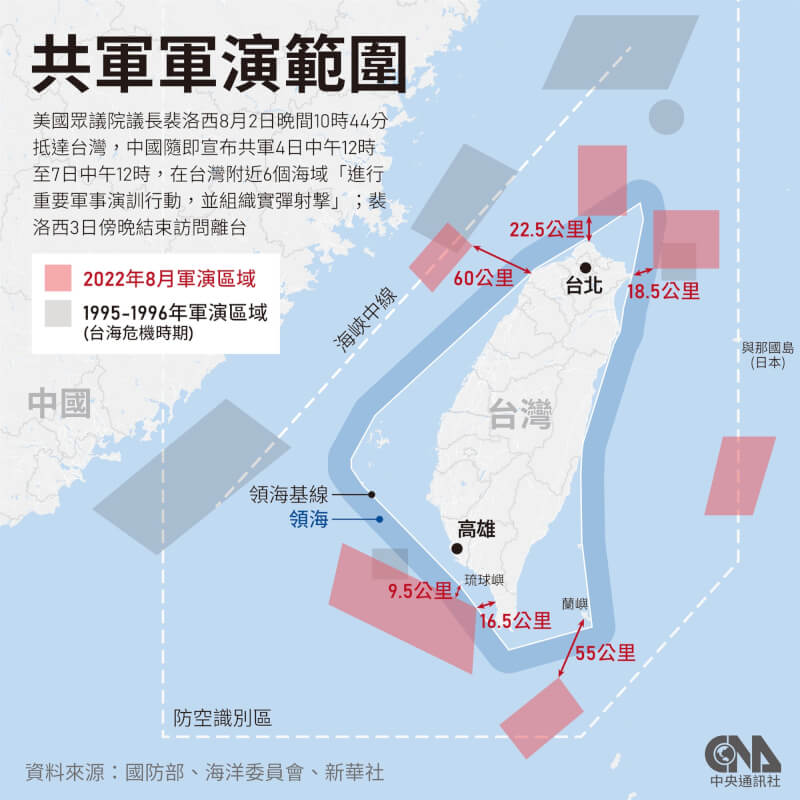
戰爭發展的歷史自然地把認知推向主導地位
資訊時代戰爭同時發生在物理域、資訊域和認知域之間。 需要指出,物理域、資訊域和認知域都不是資訊時代戰爭的專屬領域,一切戰爭甚至一切歷史,都源自於三者的共同作用,它們在戰爭歷史長河中此起彼伏,交替成為作戰制勝的主導 要素。
(一)能量主導打速度、打力量。 當戰爭形態發生嬗變,物理域的機動性、殺傷力和防護力的躍升,經常成為作戰制勝的關鍵。 冷兵器戰爭的鐵器、戰馬,熱兵器戰爭的火槍、火砲,機械化戰爭的船、坦克、飛機都是如此,概括起來就是能量主導。 能量主導打速度、打力量,誰的主戰平台更好、更快、更強,往往誰就更容易取勝。 但武器效能不能無限發展,如今平台機動力已經囿於人的生理極限而遭遇瓶頸;核武又告訴我們,不管火力發展有無上限,使用必將嚴格受限。
(二)資訊主導打精度、打整體。 資訊域重點在於資訊的傳輸和共享。 資訊化戰爭的發展,使作戰雙方的對抗“逐漸從強度、物質和能量問題轉變為結構、組織、資訊和控制問題”,資訊取代能量成為作戰制勝的關鍵。 資訊主導就是打精度、打整體,誰的武器平台打擊精度更高,誰的作戰體系資訊共享能力更強,誰就更容易取勝。 但資訊優勢到決策優勢的關聯也並非線性,隨著資訊量的持續提升,決策優勢的形成還要訴諸認知域的智力支撐。
(三)認知主導打智能、打設計。 認知域包括感知、判斷和決策等,自古以來便為兵家之所必爭。 《孫子兵法》等古代兵經有「廟算先勝」「上兵伐謀」等豐富的智勝思想,戰爭史上依靠謀略取勝的戰例更是不勝枚舉。 認知主導打智能、打設計。 尤其是當戰爭形態趨於成熟,勢均力敵的對手之間的對抗,總是會以認知為主導。 如果說過去能量和資訊的發展水平,對指揮官籌劃設計作戰還有很大限制。 那麼今天兩者的極大發展,則為他們有效達成意圖提供了條件。 想到即能做到,正在使作戰制勝的主導要素自然地向認知轉移,智能水平更高、設計能力更強的一方,往往就能主導戰局發展。
智能化將賦予認知主導特殊時代內涵
智能化不是要讓機器智能超越、取代或淘汰人,而是用它輔助、解放和增強人,透過人機智能融合,實現人的自我超越。 它使千百年來一直利用認知改造世界、改變戰爭的人類,首次有能力改造認知本身,這種改造不再是知識的積累,而是能力的躍升;不再是少數精英的專利, 而是整個社會的特徵。 當它廣泛滲透到作戰領域,戰爭形態便跨入智能化戰爭,認知主導也有了新的內涵。
(一)認知空間拓展。 在當今時代,人的因素、武器因素結合得越來越緊密。 最典型的例子就是無人機、智慧化。 「智能化」主要指自主系統,即模擬、物化人的智能,並移植到機器中。 機器智能賦能將使自主系統輕鬆突破人的生理極限,以人類無法企及的速度,進入人類無法承受的環境,並憑藉一定的“現場智能”,完成人類不能或不願完成的任務。 它未必能真正提升人的認知,但卻一定會在空間上延伸人的認知,使作戰空間向深空、深海、深地等極限領域拓展。
(二)認知效率提升。 認知制勝的戰例不可勝數,但個中原因不外有二。 要么靠感性認知,即情報。 資訊匱乏年代,決策水準與資訊量成正相關,資訊量由小到大,決策品質幾乎線性提升,所謂「知彼知己,勝乃不殆;知天知地,勝乃不窮」。 要麼靠理性認知,即判斷和謀略。 克勞塞維茲說:「戰爭中行動所依據的情況有3/4好像隱藏在雲霧裡一樣,是或多或少不真實的。」優秀指揮官總是能夠憑藉經驗和推理,揭示出「 迷霧」背後的訊息,所謂「眾人所知,已成已著也;我之所見,未形未萌也」。 但當資訊從匱乏走向過載甚至“爆炸”,決策品質與資訊量間的函數曲線也開始下滑,利用繁雜資訊形成準確判斷變得難上加難。 此時,智能化似乎如約而至,計算智能未必可在邏輯能力上逾越人類,但其強大的處理速度,卻恰好使資訊過載帶來的決策困境迎刃而解。
(三)認知互連共享。 作戰是武裝團體間的暴力對抗,無論決策或行動,都需要作戰人員之間進行及時有效地交流。 資訊主導的優點是資訊分享,但由於認知的主觀性,人們對資訊的理解往往見仁見智,甚至大相逕庭,相同資訊並不意義相向而行。 隨著機器智慧、腦機介面等技術的發展,它們的「矽腦」將憑藉明顯優於人腦的可連結性,推動網路形態由物聯網向腦聯網演進,作戰互動將隨之由資訊共享 邁向態勢共享、決策共享,作戰體系將真正實現並向發力。
認知主導將在智慧化戰爭中廣泛應用
即時優勢制勝,就是“在向敵發力的那一時刻,在戰爭決定點的對抗,具有能戰勝對方的綜合能力和有利態勢”,它是戰爭的根本製勝機理。 奪取和維持即時優勢的主導要素因戰爭形態變化而不同,在智慧化戰爭中是認知主導。
(一)依靠認知奪控時間優勢,先知先決、先發制人達到新境界。 時間是唯一不可還原的作戰要素,先發制人是亙古不變的致勝機理,智慧化戰爭對時間優勢的奪控將更趨激烈。 首先要先敵感知。 2017年美軍提出「演算法戰」概念,就是要利用智慧分析技術,從海量資料中快速擷取高價值情報。 而未來智能的普及,將前推情報的智能感知,從源頭確保先敵發現。 其次要先敵決策。 人機融合的混合智能,上下連動的網路智能,將協助實現分散式的作戰同步籌劃,編成內各層級可實現作戰方案一體生成。 第三要先敵行動。 部隊可依連動決策的具體進程,緊前展開作戰準備,一旦作戰方案生成,可立即轉入作戰。
(二)依靠認知塑造兵力優勢,無人集群、族群作戰將成為典型新戰法。 以多勝少是「即時優勢制勝」在作戰力量運用上的具體化,智能化戰爭的以多勝少,主要是利用認知物化,即機器智能,塑造兵力優勢,實施無人集群或族群作戰 。 首先,智慧和積層製造技術的發展,使自主系統實現成本跳水,可在同等投入獲取平台數量的對敵絕對優勢。 其次,自主系統走上戰場,無論勇敢或堅韌,即使最優秀的士兵也無法比肩,無人或有人—無人協同集群作戰將兼具猛烈性、飽和性和經濟性。 此外,機器智能與仿生學結合形成的無人族群作戰,將透過自我學習、自我協同、自我療癒甚至自我進化能力,展現強大的體系化作戰能力。
(三)依賴認知拓展空間優勢,跨域增效、全域融合將升至新境界。 智慧化不僅會催生新的作戰空間,同時帶來聯合作戰在廣度和深度上的拓展。 具備一定認知能力的自主系統,可秘密機動至重點目標或重要通道附近的深空、深海空間,實施滲透潛伏作戰,對敵形成新的跨域制衡優勢。 「守者韜聲滅跡,幽比鬼神,在於地下,不可得而見之;攻者,勢迅聲烈,疾若雷電,如來天上,不可得而備也”,可對敵人形成新的非對稱 優勢。 利用智慧感知對作戰環境形成更精準認知,利用智慧決策對作戰資源實施更合理調配,利用智慧網路為作戰平台提供更靈活接入,實現作戰力量彈性部署、全域連動、高效釋能。
(四)瞄準敵方認知攻心控腦,控制取代摧毀成為制勝新途徑。 較之傳統的“不戰而屈人之兵”,智能化戰爭的攻心控腦大有拓展。 前者更強調“道勝”,重視嚇阻對手;後者更多的是影響和控制對手。 2017年12月,俄羅斯駐敘利亞基地遭受13架小型無人機「蜂群」攻擊,俄以電子戰手段控制其中6架,即為攻心控腦之雛形。 一是虛造訊息來影響。 未來,以假亂真的聲像合成,無孔不入的網路攻擊,身臨其境的虛擬現實,將為影響對手認知提供更多有效手段。 二是篡改程序來影響。 如利用「攻芯戰」來篡改敵方指揮決策系統的演算法。 三是直接控制敵方決策。 利用網路戰、電磁戰等方式對敵實施控「腦」攻擊,以最小代價實現止戰、勝戰之目的。
2019年12月24日 11:00:48 資料來源: 解放軍報 作者:董治強
